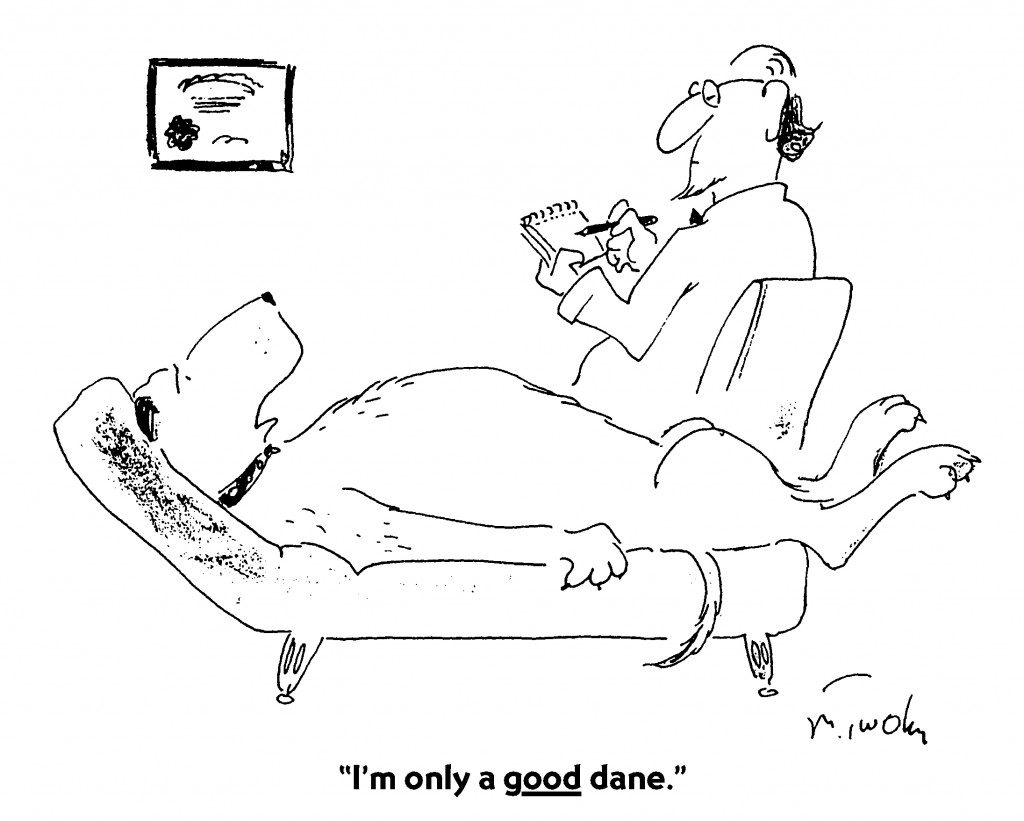Frequently Asked Questions
What are the signs and symptoms of depression?
People with depressive illnesses do not all experience the same symptoms. The severity, frequency and duration of symptoms vary depending on the individual and his or her particular illness.
Signs and symptoms include:
- Persistent sad, anxious or “empty” feelings
- Feelings of hopelessness or pessimism
- Feelings of guilt and worthlessness
Irritability, restlessness - Loss of interest in activities or hobbies once pleasurable, including sex
- Fatigue and decreased energy
- Difficulty concentrating, remembering details and making decisions
- Insomnia, early morning wakefulness or excessive sleeping
- Appetite loss or overeating
- Aches or pains, headaches, cramps or digestive problems that do not ease even with treatment
- Thoughts of suicide, suicide attempts
Please note that a diagnosis of depression requires that you have a cluster of these symptoms every day or nearly every day for a period of two weeks.
What are the different types of depression?
There are a number of forms of depressive disorders:
Major depression involves severe symptoms that interferes with the person’s ability to work, sleep, study, eat and enjoy life. An episode can occur only once in a person’s lifetime, but more often a person has several episodes. Some people with major depression may feel that life is not worth living and some may attempt to end their lives.
Persistent depressive disorder (PDD) (formerly called dysthymia disorder)
is a form of depression that usually continues for at least two years. Although it is less severe than major depression, symptoms include low energy, poor appetite or overeating, and insomnia or oversleeping. It can manifest as fatigue, irritability or mild anhedonia, which is the inability to derive pleasure from most activities.
Bipolar Disorder, once called manic-depressive disorder, is characterized by a mood cycle that shifts from severe highs (mania) or mild highs (hypomania) to severe lows (depression).
During the manic phase, a person may experience abnormal or excessive elation, irritability, a decreased need for sleep, grandiose ideas, increased talking, racing thoughts, increased sexual desire, markedly increased energy, poor judgment and inappropriate social behavior.
During the depressive phase, the person experiences the same symptoms as would a sufferer of major depression. Mood swings from manic to depressive are often gradual, although occasionally they can occur abruptly.
What is the difference between sadness and depression?
Although depression is often thought of as being an extreme state of sadness, there is a vast difference between clinical depression and sadness. Sadness is a part of being human — a natural reaction to painful circumstances. All of us have days when we feel “depressed.” Usually, these feelings are temporary. These occasional bad days are part of life and not clinical depression. Remember, a diagnosis of depression requires that you have a set of symptoms every day, or nearly every day, for a period of two weeks.
The person with clinical depression has many more symptoms than an unhappy mood. A sad person feels bad and continues to cope with living. A person with clinical depression often feels overwhelmed and hopeless. Exhortations from well-meaning friends and family for him to “snap out of it” provide only frustration for he can no more “snap out of it” than a diabetic can will his pancreas to produce more insulin.
How do women experience depression?
Depression is more common among women than among men. Biological, life cycle, hormonal and psychosocial factors that women experience may be linked to women’s higher depression rate.
Women are vulnerable to developing postpartum depression after giving birth, when hormonal and physical changes and the new responsibility of caring for a newborn can be overwhelming. Some women may also have a severe form of premenstrual syndrome called premenstrual dysphoric disorder (PMDD). PMDD is associated with the hormonal changes that typically occur around ovulation and before menstruation begins. During the transition into menopause, some women experience an increased risk for depression.
Also, many women face the additional stresses of work and home responsibilities, caring for children and aging parents.
How do men experience depression?
Men often experience depression differently from women. While women with depression are more likely to have feelings of sadness, worthlessness and excessive guilt; men are more likely to be very tired, irritable, lose interest in once pleasurable activities and have difficulty sleeping.
Men may be more likely than women to turn to alcohol or drugs when they are depressed. They also may become frustrated, discouraged, irritable and angry. Some men throw themselves into their work to avoid talking about their depression with family or friends, or behave recklessly. And although more women attempt suicide, many more men die by suicide in the United States.
